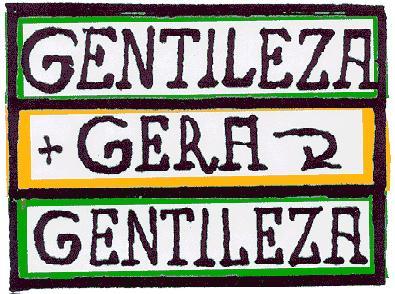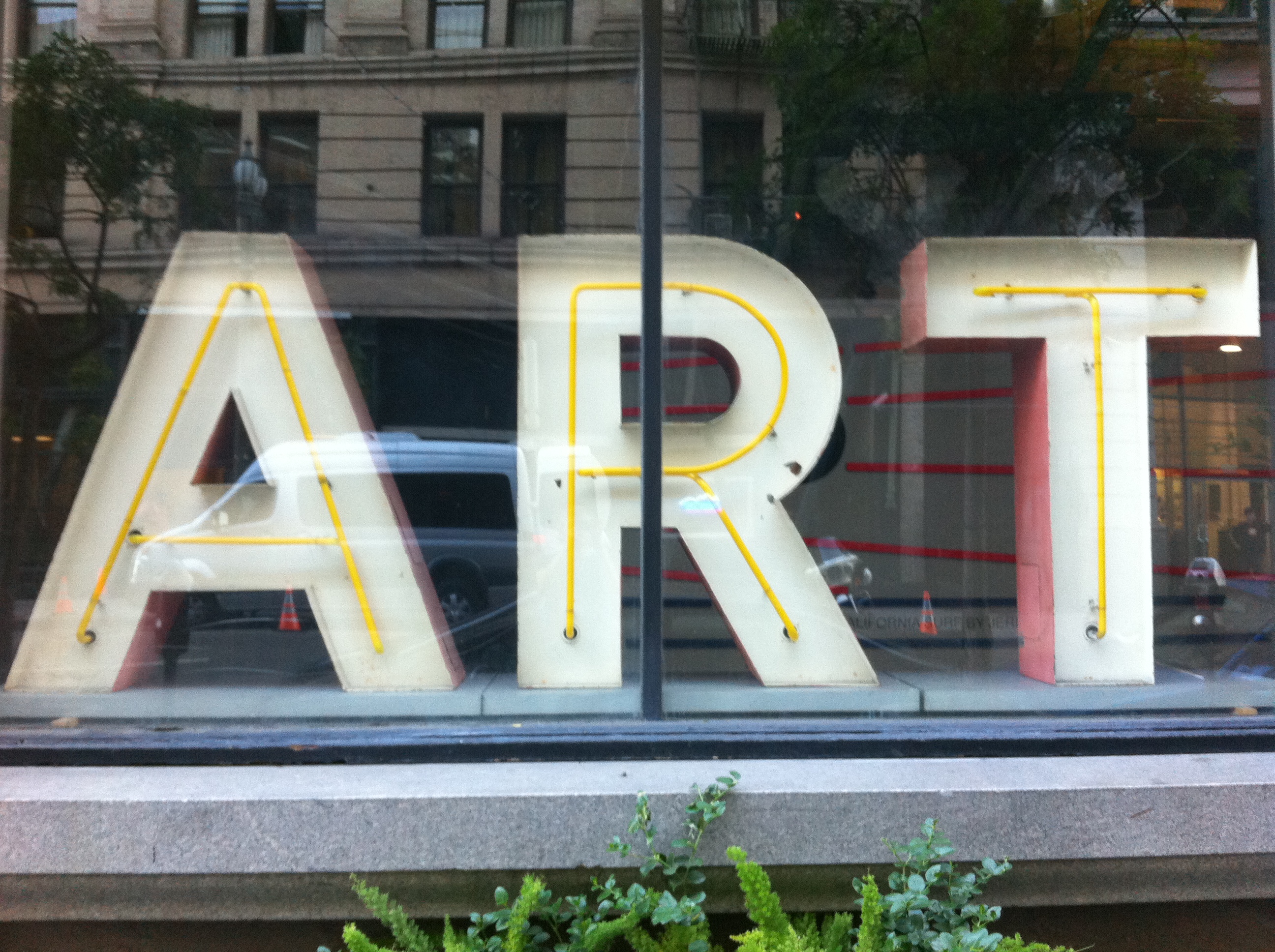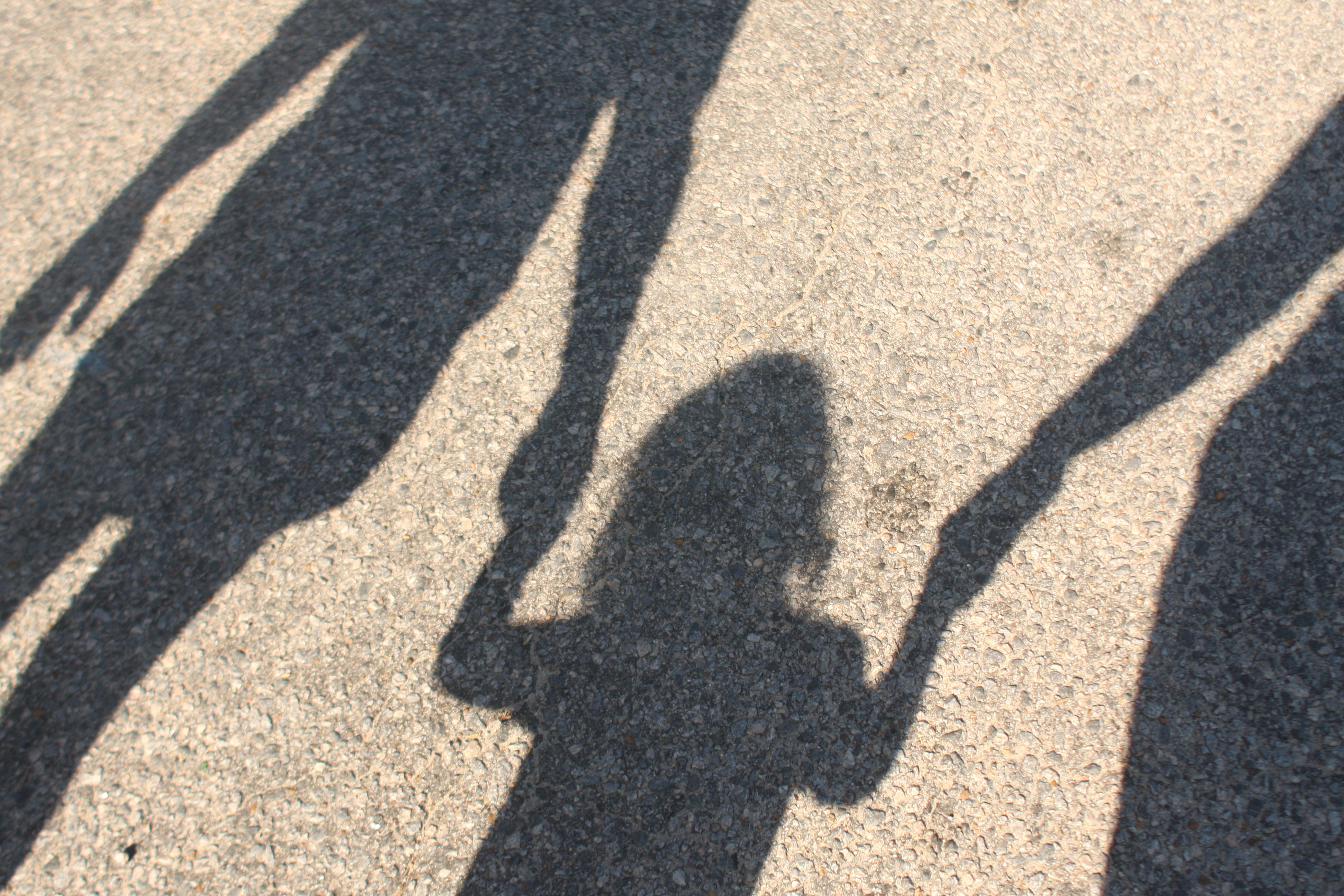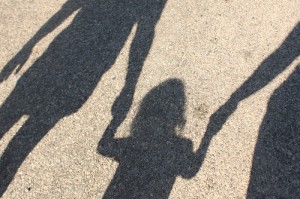GENTILEZA GERA GENTILEZA
Last week’s ‘Kindness’ post generated a substantial number of responses, which has led to this follow up post focusing on two subjects: José Datrino and a colleague’s letter.
Part I: José Datrino
(Caveat: I am not an expert regarding José Datrino’s story and apologize in advance if there are any errors in this summary of his story.)
While very few people know the name José Datrino, most Brazilians are aware of his more prominent title, Profeta Gentileza, or Prophet of Kindness, made famous, in part, by the artist Marisa Monte. But, more about that in a moment.
In response to the “Kindness’ post, some friends reminded me of Profeta Gentileza’s story. José Datrino, born in the state of São Paulo, lived from 1917 to 1996. Profeta Gentileza, identified by his white robe and long beard, is best known for spending over twenty years walking the streets of Rio de Janeiro, preaching the words of love, kindness, and respect, while painting murals on the supporting walls of viaducts. Beginning in 1980, José Datrino painted 56 different yellow and green murals with statements critical of society juxtaposed with words associated with kindness, love, and peace. From this period emerged the now famous phrase in Brazil, “Gentileza gera Gentileza” (Kindness generates Kindness).
In 1997, as part of an effort to clear the city of graffiti, José Datrino’s paintings were covered over with grey paint and were nearly lost forever. Fortunately, through a community-wide action plan, the paintings were restored shortly afterwards and became a part of the city’s cultural heritage. Though the paintings fell into disrepair and were marked by graffiti during the ensuing decade, as seen by the 2009 photos below, the paintings were again restored in 2011.
2009:
[easyrotator]erc_66_1414795477[/easyrotator]
2011:
[easyrotator]erc_65_1414827957[/easyrotator]
All 56 of the paintings can be viewed by clicking on the numbers on the map found in the link: Map of Paintings. Please note that all of the photos used in this blog posting are from the same website Rio com Gentileza.
The story of the Profeta Gentileza was made particularly famous by the song Gentileza, written and performed by the brilliant Brazilian artist Marisa Monte (live version is included at the end of this post).
Part II: A Colleague’s Letter
To add to our reflections on ‘kindness’, the following is a letter a colleague sent to me after reading last week’s post. The author, who preferred to remain anonymous, presents several philosophical questions related to the concept of kindness and connects these questions to the basis of our existence. Whether we are contemplating José Datrino’s legacy or my colleague’s existential questions, there appears to be much to reflect on when considering the concept of ‘kindness’.
Colleague’s Letter:
I saw the article (and your blog) and read with interest. We spoke a few weeks ago about it. It is, isn’t it, the fundamental question about ethics: are human beings naturally “good” or naturally “bad”, so to speak. I use inverted commas because these are relative terms, fraught with difficulty and history, and come freighted with a whole host of cultural and personal values.
It´s the whole question of nature v. nurture – are we born a certain way or are we conditioned; or, to put it another way, to what extent does either factor create who we are. This debate is a central tenet of ethics in philosophy which, as you know, I enjoy reading: from Aristotle, through to Kant, to more recent questions of evolutionary biology, and Dawkins’ notion of the “selfish gene”, the relevance of the question remains as fundamental as ever.
Jean-Jaques Rousseau, along with certain eastern religions, such as Zen Buddhism, for example, and certain forms of existentialism would argue that human beings are born innocent (or at least free of a “fixed”, or predetermined, nature), a belief in the intrinsic perfectibility of humanity, and it is society that corrupts us; if this is so, then social laws and regulations act as unwanted restraints on our original condition of being, travestying our true nature; Hobbes, Machiavelli as well as the theological concept of original sin, on the other hand, would all suggest we are innately flawed, prone to wrong-doing, in which case the more laws, rules and regulations we have the better.
What I´m suggesting to you is that the answer to the question forms, and has formed, historically, the very basis of our social and political structures, the very way that human beings have organized themselves into communities. For example, in its more extreme forms, the political system of anarchy (meant in the utopian sense). would result from a belief that we are innately innocent or “good’ – the less rules the better in as far as rules thwart our nature; on the other hand, tyranny would be one possible result of the belief that we are innately flawed, such that the more rules and restraints on us the better.
I know this is bringing in ideas from sociology, political science and philosophy but the analogy with kindness still holds: is kindness fundamental to our being or is it something we can learn or, indeed, need to learn (because it doesn’t necessarily come “naturally”)? In this way, in the ethical context of this discussion, the question of humanity´s innate goodness (or not) is, for me, the question of questions and its answer concerns the very meaning of our lives.
Marisa Monte – Gentileza (live)
Photo Credits: http://www.riocomgentileza.com.br/index.html



